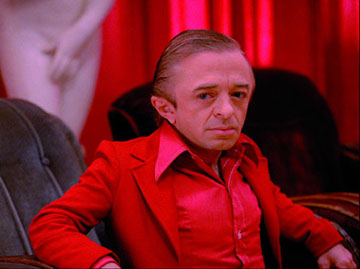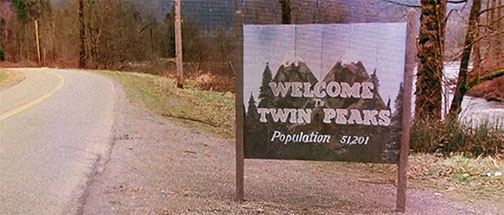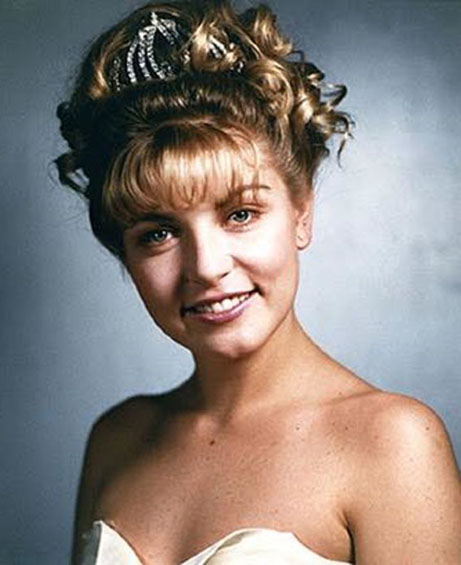|
|||||||||||||||||
November 2009 Web Edition Issue #3 |
|||||||||||||||||
|
Mondo Cult
Articles
Features
Interviews
Books
News
Film
Music
Blog
Forum
Staff
Back Issues
Links
Contact Us
Legal
Index
|
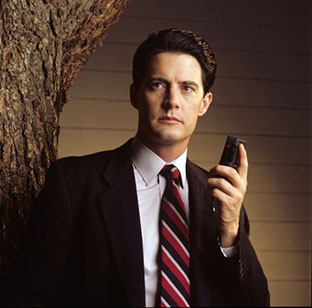
The Mysterious Existence ofTwin Peaksby Josh BravoFor a television show that is bursting at the seams with secrets, it’s not a secret that Twin Peaks is one of the greatest cult television shows of all time. If you haven’t seen it, you’ve definitely heard about it. And if you have seen it, you’ve definitely talked about it. If you fall into the “haven’t seen it” category, what are you doing here? Go watch it! Immediately! And when you come back, you can agree with mostly everyone on the importance of Twin Peaks; a show filled to the brim with mystery. Its entire existence is a mystery in itself. The idea that something like this can exist on prime time television on a major network—not HBO or Showtime, but ABC—the same channel as Full House (let that simmer for a second.) You could be watching the Olsen twins one minute and enter The Black Lodge the next. This show was so ahead of its time; it was almost as if David Lynch could see into the future. Like the early 90s showed up at a Halloween party dressed as the mid 2000s. David Lynch and Mark Frost really cemented the type of stories that you can tell on television; a model that is just blossoming today. Years and years before Breaking Bad or Mad Men or Game of Thrones, Twin Peaks was a completely new ballpark for TV to play in. When it was devastating, it was incredibly devastating…The pilot episode is one of the most memorable episodes of all time. It begins with the discovery of Laura Palmer’s body. This will be the crux of the entire series; the way it slowly unfolds the mystery and darkness and sadness of Laura’s death. How it traces the impact of her death with such detail and honesty. It really is remarkable. In a world where we hear about death constantly, and where death is a commonplace in drama, to see so much time taken in just the pilot alone, it was heartbreaking as much as it was mysterious. We see her father Leland (Ray Wise), react to the news of his daughter’s passing and slowly lose his grip on reality. 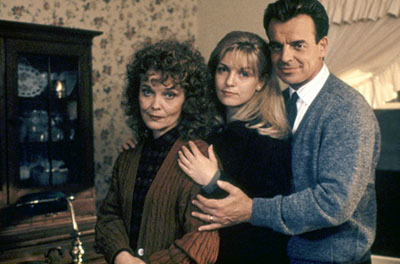 One Big Happy (L-R) Sarah Palmer (Grace Zabriskie),
One Big Happy (L-R) Sarah Palmer (Grace Zabriskie),Laura/Maddy (Sheryl Lee) and Leland Palmer (Ray Wise) When it was funny, it was really funny…Twin Peaks is not a comedy. I’m not even sure if it’s a dark comedy. But, it does have a lot of strange humor. Something one might call, Lynchian Lunacy. The show has moments that are so weird, you can’t help but laugh. I mentioned Leland losing his grip on reality. His behavior throughout the show would appear to go from abnormal to manically happy. Some of the best moments are him singing and dancing to the 1943 song Mairzy Doats.* A joke that becomes all the more hilarious when you realize that co-creator Mark Frost, named Leland Palmer for Leland Palmer, who happens to be a Tony Award nominated dancer, singer and actress. There’s David Lynch himself playing the role of FBI agent Gordon Cole, who has a hearing disability and screams everything he says, to a scene where the coffee gets tainted by a fish in the percolator. How does a fish even get into a percolator? A character named Nadine, who falls into a coma after attempting suicide, only to wake up thinking she’s a teenager in high school. Or one of my favorite exchanges from the entire series; Coop: Who’s the lady with the log?
Truman: We call her the log lady. 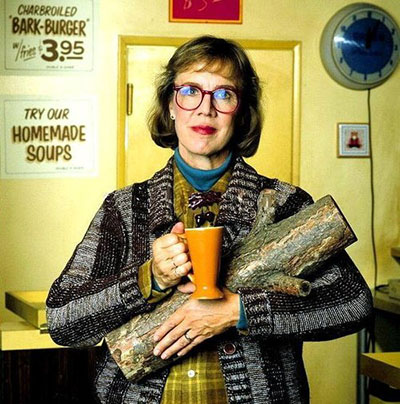 The Log Lady (Catherine E. Coulson) It has some of the most memorable and unique characters you’ll ever see on TV…It goes without saying that most of the pilot as well as the rest of the series, is really built on Sheryl Lee’s performance as Laura. While the character is deceased from the opening scene, we still see the many different layers of Laura Palmer through flashbacks. Sheryl plays her which such raw and natural talent. Sheryl Lee wasn’t just playing the dead girl. Whether she was portraying herself in flashbacks or playing Laura’s similar looking cousin Maddy, there was an aura around her when she was on screen; as if something important was about to be revealed. Laura’s prom photo would be on screen at the end of every episode, forcing the audience to look her in the eyes. This wasn’t melodrama for the sake of it; it was award worthy technique. 
Audrey Horne (Sherilyn Fenn) Speaking of award worthy, meet Agent Dale Cooper, who may just be one of the most elusive and wonderful leading characters to ever grace the small screen (played by the enigmatic Kyle MacLachlan). Having previously worked with Lynch (Paul Atreides in Dune and Jeffrey Beaumont in Blue Velvet), the director and actor relationship really hits a high note here, presenting what is arguably their best collaboration. Cooper, who is the FBI agent assigned to the town of Twin Peaks to solve the murder of Laura, brings a boy scout innocence with a streak of sleuthing genius that would make Sherlock Holmes proud. Cooper displays quirky mannerisms and an abstract view on how to solve the case. These include (but are not limited to) analyzing his dreams for evidence, or a technique involving throwing a rock at bottles containing different suspect names. Putting it simply, he’s an oddball, but he makes the show. Then we have Audrey Horne (the magnificent Sherilyn Fenn), who is just effortlessly cool. With a curiosity that would kill a cat, Audrey was one of the few shining lights of hope through the series. With Laura not among the living, Audrey takes over for the strong female character; intelligent, clever and brave. (And she made smoking a cigarette look so cool.) 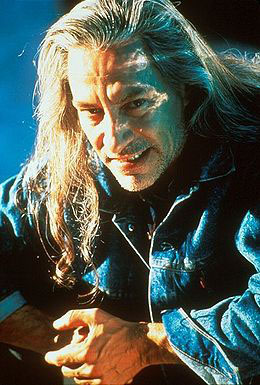
And then there is the character that induced the most nightmares. The horrific and terrifying antagonist and suspect in Laura’s death, Killer Bob (Frank Silva). You most definitely needed every light on when watching a scene involving this character. An evil spirit that possesses bodies to kill, Killer Bob can be found in a place called The Black Lodge, which is a realm of pure evil and only exists in another plane of reality. Inside this red room is the Man from Another Place (Michael J. Anderson); the little man who talks backwards and dances; the iconic character in the red suit that would give cryptic messages to solving Laura’s murder. Weird? I know. And that’s just scratching the surface. Speaking of weird…
When it was weird, it made you
|
||||||||||||||||





